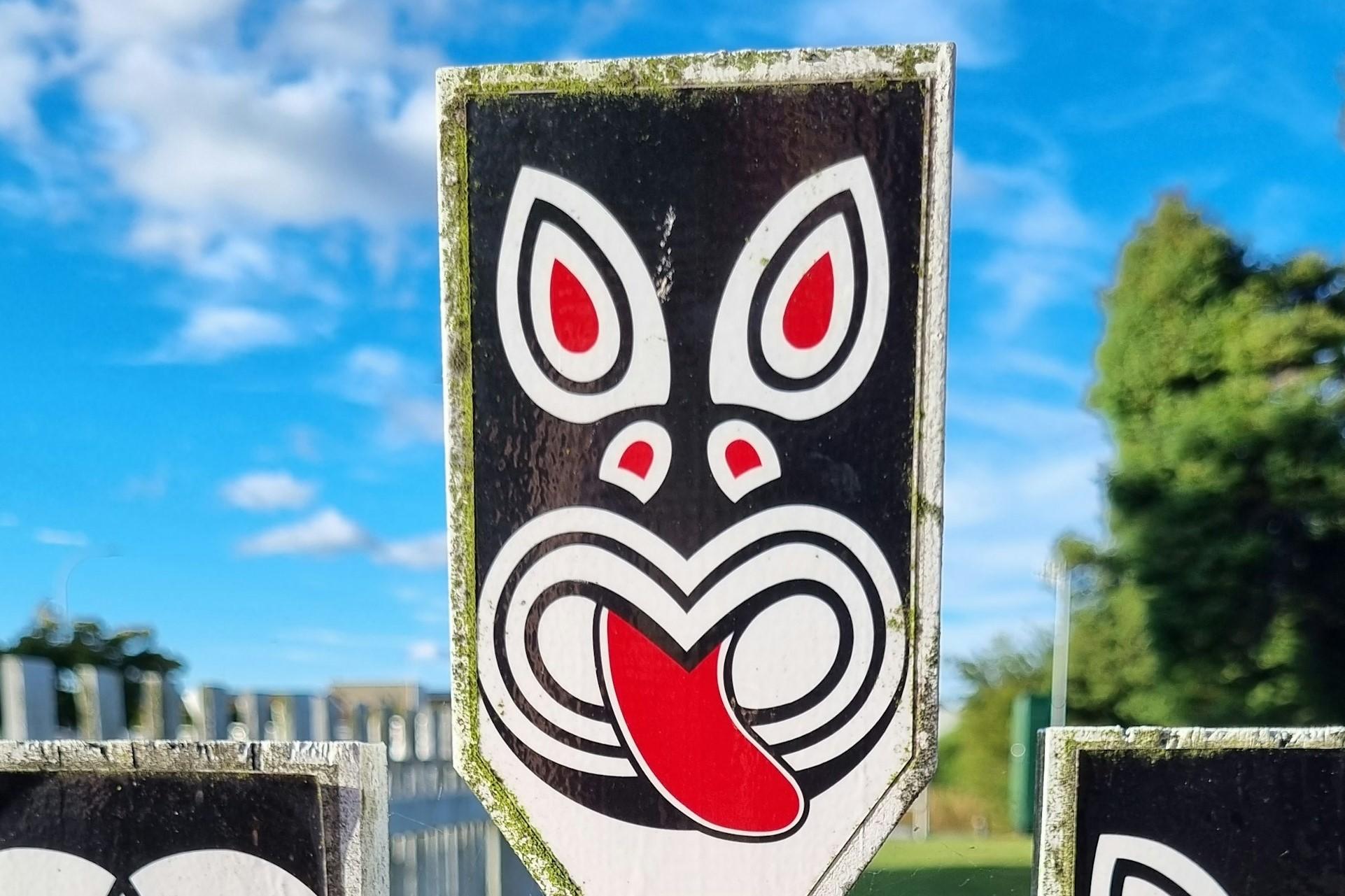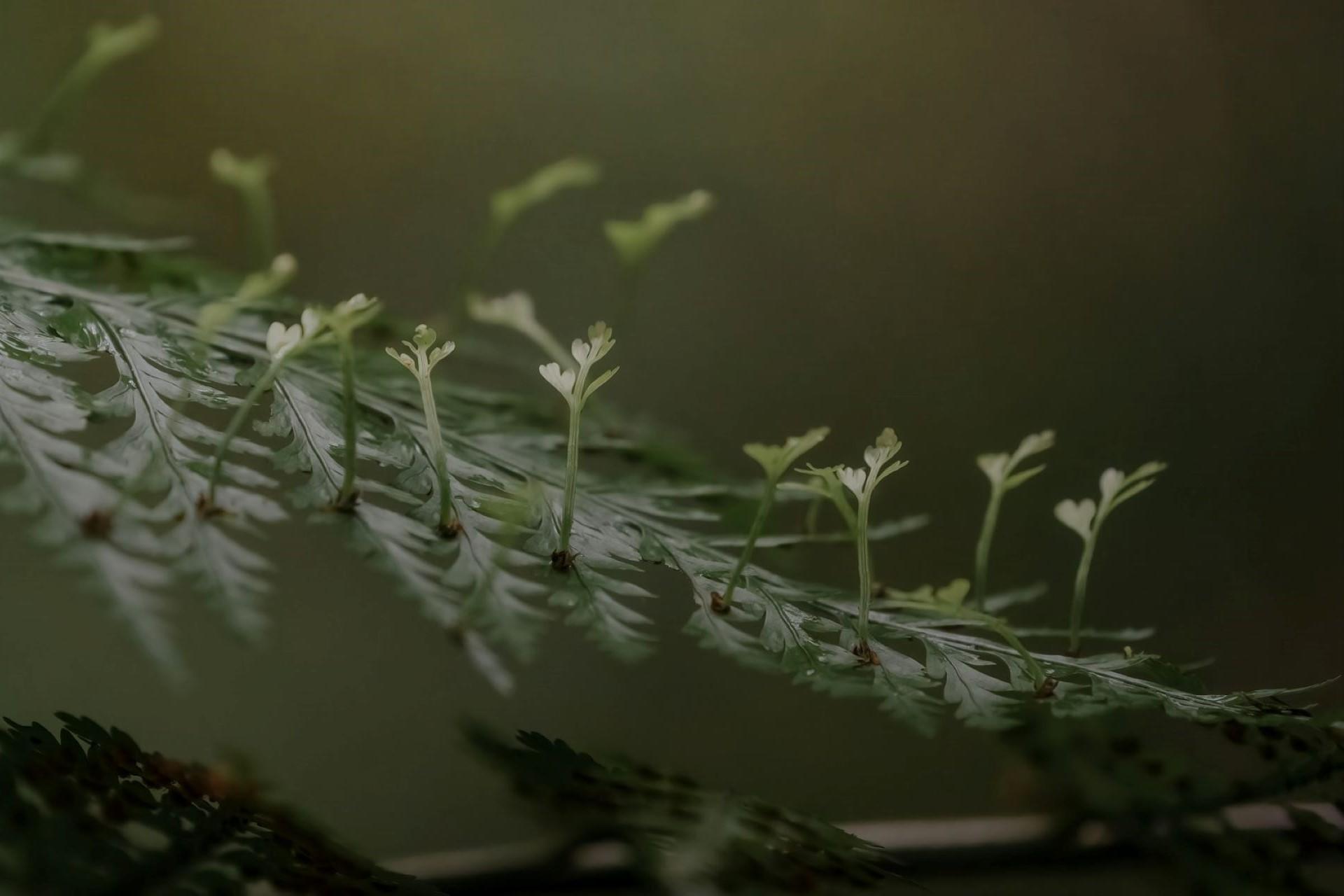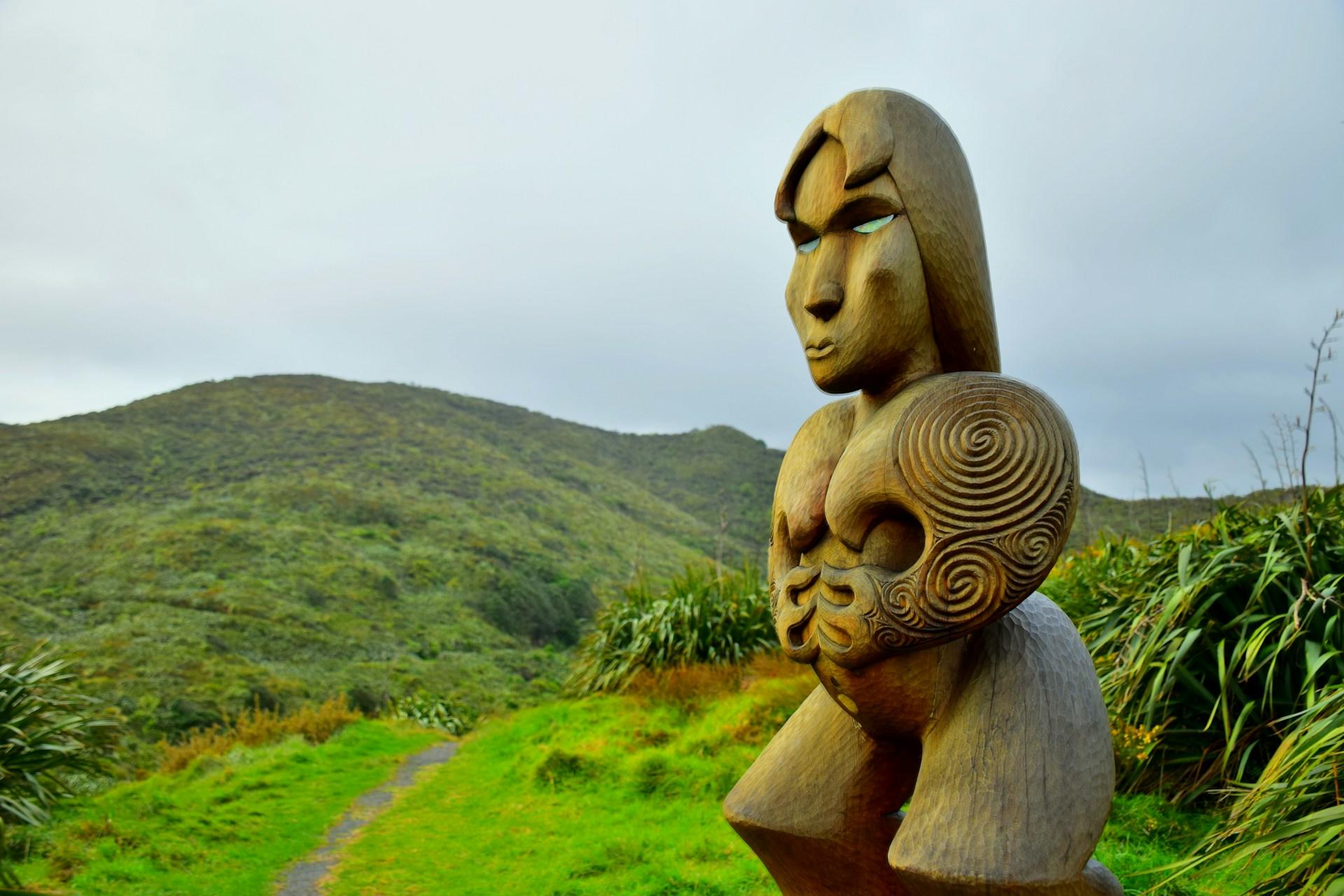There's a very identifiable Maori aesthetic, and many of its elements are based on the designs, patterns, and symbols commonly used by Polynesian peoples.
These symbols have influenced artists, creative industries, and the Māori in New Zealand.
Let's explore Maori symbols and what they mean.

Traditional Māori Art Forms
Many traditional art forms feature Maori patterns. To better understand these patterns, we need to consider some of the key art forms in Maori culture where you may see or experience them.
Whakiro
Whakiro or carving is typically done in wood, bone, or stone. These carvings can depict tiki figures, spiritual guardians like Manaia, and nature-inspired motifs.
Tā Moko
Maori tattoos (moko) are more than just an aesthetic choice; they're sacred marks worn on the body of Maori people to signify ancestry, status, and personal achievements.
These moko are recognisable by their abstract patterns, often unique to the wearer.

Raranga
Maori weaving includes intricate patterns using harakeke (flax) to create items like kete (baskets), korowai (cloaks), and whariki (mats).
Kōwhaiwhai
Patterns can also be painted. You may often see Maori patterns on the rafters (heke) or wharenui (meeting houses).
The koru (spiral) commonly represents growth and new life.
Iconic Māori Symbols and Their Meanings
Now that you know where you may encounter Maori symbols, here are some of the most typical and recurring patterns and what they mean.
The Koru
The Koru is a symbol of new life, growth, and renewal. It's the most recognised Maori symbol outside of Maori culture.
The koru is inspired by the unfurling frond of the native New Zealand fern, particularly the silver fern (Ponga). In the Maori language, te reo Maori, the word koru literally means "loop" or "coil".
Its elegant, organic form is representative of life's continuous cycle and a powerful motif in Maori culture.
The unfolding of the fern frond symbolises a new chapter or a journey, which is why the koru is a common motif for significant events like births, weddings, and new ventures.
It also represents spiritual growth and development. In the same way as the fern slowly unfurls, the koru symbolises the gradual development of people, relationships, and ideas.

The inner spiral of the koru represents the strong foundation and potential for growth, reinforcing the idea of starting with a strong base from which things can expand or evolve.
The spiral of the koru alludes to the cyclical nature of life, renewal, rebirth, and a constant flow of energy, as well as the whakapapa (genealogy) and family relationships as they extend from a central starting point.
Beyond the examples listed earlier, the koru is also found in contemporary jewellery, accessories, graphic design and branding, home décor, art, and fashion.
The koru, inspired by the unfurling frond of the silver fern, symbolises new life, growth, and the cyclical nature of existence.
However, while the koru is very popular, it should also be used respectfully, acknowledging its importance in Maori culture.
Anyone looking to use it should do so with cultural respect and acknowledgement of its origins, especially when its use has been incorporated from Maori artists' works.

Hei Matau
The Hei Matau is an iconic symbol in Maori culture. It represents a fish hook. This pattern or design is found in carved bone, pounamu (greenstone), or wood.
The term “hei matau” comes from the Maori words “hei”, meaning “to wear”, and “matau”, meaning “fish hook”.
Fishing is incredibly important in Maori culture. The Maori people have a long history of seafaring. Like many other Polynesian cultures, they relied heavily on the ocean for food, transport, and trade.
The fish hook symbolises a deep connection to Tangaroa, the god of the sea. It shows respect for the ocean, its bounty, and the belief that the ocean provides for those who honour it.
The Hei Matau (fish hook) symbolises prosperity, safe travel, and respect for the ocean and its deities, drawing from Maori seafaring traditions.
The Hei Matau is also prevalent in the Maori legend of Māui, the Polynesian demigod. In one myth, Māui created a magical fishhook using the jawbone of his ancestor and caught a giant fish.
This giant fish, Te Ika-a-Māui (the Fish of Māui), is New Zealand's north island, with many of its geographical features a result of Māui's brothers trying to carve the fish as it thrashed about.
In Maori culture, the Hei Matau has several layers of meaning that resonate with common Mairo values and beliefs.
For one, it represents prosperity and abundance. Since fishing was essential for survival, the fish hooks symbolise prosperity, as the sea will always provide if respected and honoured.
It also represents strength and determination since fishing and navigating the ocean are both challenging.
In a similar vein, the Hei Matau represents safe travel and protection, particularly when travelling over water. It is often worn as a talisman during ocean voyages to maintain a connection to the ocean and the relevant deities.
Whether literal or metaphorical, this protection extends beyond simply seafaring voyages and is more generally seen as a good luck charm.
There are many different variations on the Hei Matau, but the key part is its curved shape, which resembles a fish hook.
The classic Hei Matau is smooth, but you can also see engraved Hei Matau incorporating other Maori patterns like the aforementioned Koru.
The double Hei Matau featured two intertwined hooks, which, in addition to the other symbolism we saw earlier, represented unity, partnership, and the strength of relationships.

Manaia
The Manaia is a spiritual guardian and an important symbol in Maori culture and mythology.
This spiritual guardian is a protector, guide, and intermediary between the physical and spiritural worlds.
This figure is often found in Maori carvings, tattoos, and jewellery, where it embodies the themes of balance, protection, and connection to the spiritual realm.
The Manaia is a hybrid of multiple creatures:
- Head of a Bird: This represents the ability to fly or traverse the sky, which links to the spiritual world above.
- Body of a Human: This represents the connection to the physical realm of humans.
- Tail of a Fish: A representation of the connection to the ocean and the underworld.
This emphasises the bridge between air, land, and sea, with the Manaia often shown in profile.
Like the other Maori symbols, the Manaia has many layers of cultural significance.
As a spiritual protector, the Manaia can guard individuals, families, and sacred places (tapu), waring off evil and danger.
It also symbolises the delicate balance between the various realms, embodying the harmony between nature, ancestors, and the broader universe.
Wearing or displaying the Manaia offers spiritual courage and symbolises strength, resilience, and fortitude.
You'll see Manaia carved on wharenui (meeting houses), waka (canoes), and ceremonial Maori objects.
Manaia is often a popular choice for Tā Moko (traditional Maori tattoos), providing protection and guidance. It regularly appears on arms, shoulders, and legs to provide strength.
Pounamu (greenstone) pendants are often carved into the shape of Manaia to bring good luck.
Pikorua
The Pokorua is a distinctive Maori design featuring an intertwined symbol. It's graceful, looping twice with two or more flowing strands.
Generally, the symbol has no clear beginning or end. It can appear as a single twist, similar to a figure-eight or infinity shape, or the double or triple twist, which features multiple strands.
These strands represent relationships and interconnectedness, unity, and eternity. It symbolises unbreakable connections like family ties, love, and friendship.
The Pikorua reflects the strength of unity, mutual support, and loyalty. It shows that life's journey is richer and more meaningful through the bonds we share with others.
The Pikorua (twist design) represents eternal relationships and the interconnected nature of life, inspired by the pikopiko fern or flax patterns.
Beyond human connections, it also shows the interconnected nature of life in general, with different paths, experiences, people, nature, and the spiritual world all joined in some way.
It's thought that the Pikorua is inspired by the pikopiko fern, a native to New Zealand, which forms shoots from intertwined coiled spirals.

Others suggest that the Pikorua is inspired by the flax (harakeke) patterns used in Maori weaving.
Like other Maori symbols, it's a popular subject for jewellery, pendants, tattoos, and carving. As it may have been inspired by weaving, it features indirectly in weaving.
Learn More About Maori Culture and Symbols
If you'd like to study Maori culture, symbols, patterns, or te reo Maori, a private tutor can help you learn a lot.
You can start comparing potential tutors by searching for what you'd like to learn about on the Superprof website.
With many offering the first session for free, you can always try a few before choosing the one that's right for you!















Interesting info, thank you.